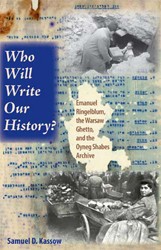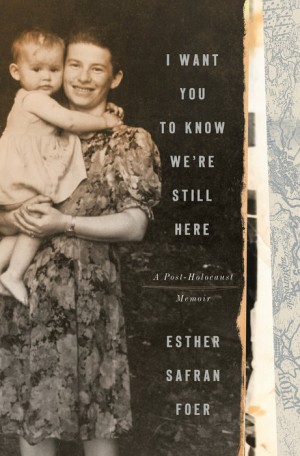We know that the Nazis fantasized about conquering the old world and creating a new one to mythic standards. This city might have been a first attempt at building a model city of the greatest beauty and charm, a refashioning of the city of Lodz, to which they invited ethnic Germans of the East to resettle. It was to be a German city of enchantment — one of urban planning, great beauty and the arts. It was as if the Jews who once lived in the city had never existed because in the Nazi scheme of things, they soon wouldn’t. Nearby, Jews, displaced from their homes and businesses, were suffering in the Lodz ghetto ruled by a Jewish “king” called Mordechai Chaim Rumkowski, chairman of the Jewish Council in the ghetto, who was both hated and respected. He fashioned himself a great man who tried to save as many Jews as possible by posturing himself as an equal to his Nazi masters. He sacrificed the children and the elderly to save the able-bodied. In the end, they were all sacrificed, including the “king,” but the Lodz ghetto outlasted many others.
In the ghetto, despite the crowding, the starvation, illness, suffering from the weather and constant fear of being transported elsewhere, there was also education, stage performances, and art. Logic told its inhabitants that if they worked diligently, if they were productive, they would be safe. To jump from rationality and logic, to the pure evil of an otherworldly regime and totally evil philosophy was not possible for most of the Jews. The book is a counterpoint between the perspectives of the Lodz ghetto and the Germans who oversaw and managed the ghetto’s affairs. The conversations, interactions, and interdependence within the city are revealed, as well as “the techniques by which the Nazis, bolstered by their superior force and conscienceless deceptions, maneuvered the Jews by exploiting Jewish institutional traditions, social divisions, faith in rationality, and hope for survival, to achieve their wider goal of Jewish elimination from the world.” It is a lucid, powerful, and harrowing account of the Lodz Ghetto and Nazi cruelty as compared to their grandiose delusions. The author writes facts with a novelist’s flair, which helps the reader feel the experience. 20 color illus., 12 halftones, 2 maps.





